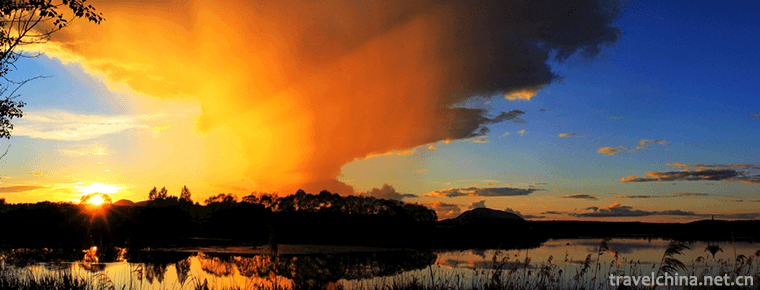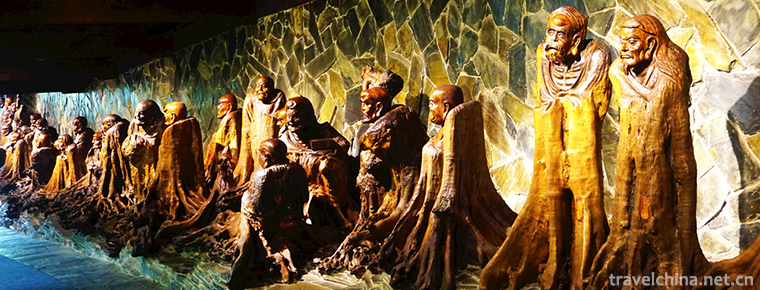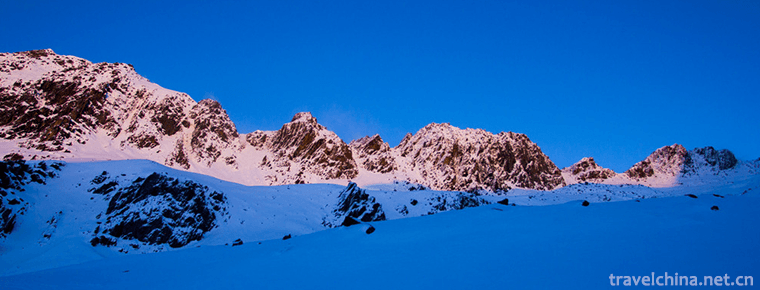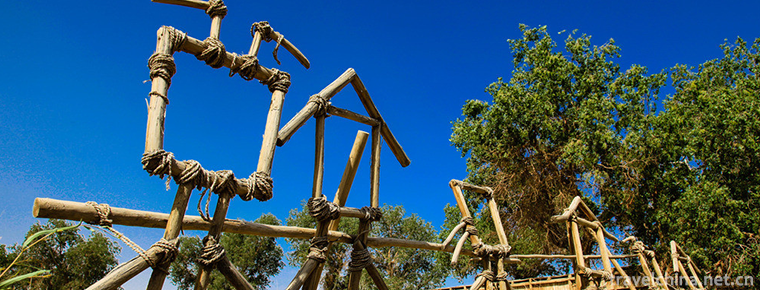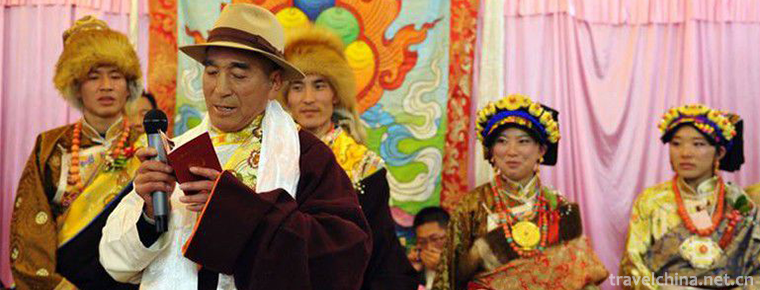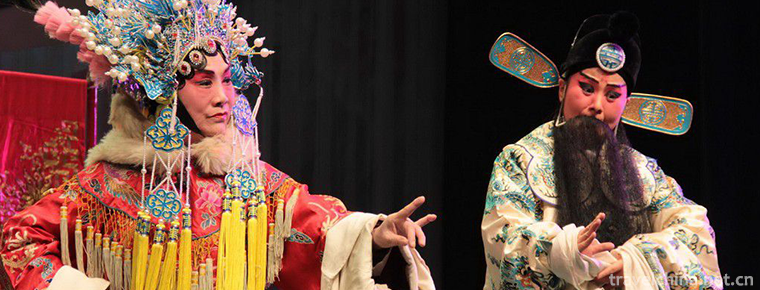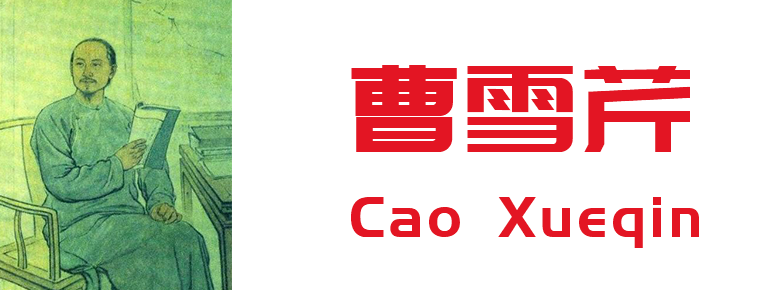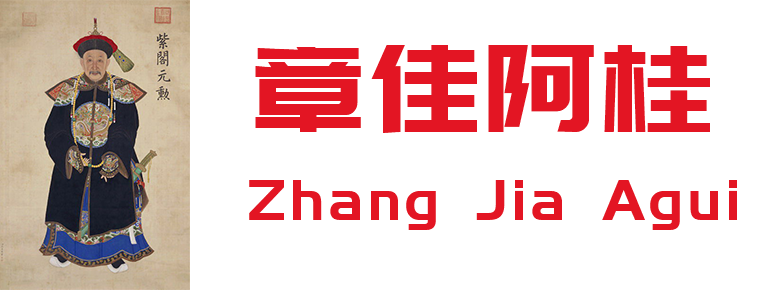Lushan Karst Cave Group Scenic Area
Lushan Karst Cave Group Scenic Area
Yiyuan Karst Cave Group is located in Nanlushan Town, 7 kilometers northwest of Yiyuan County. It has been proved that there are more than 100 caves in the area of 5 square kilometers around the ape-man site in Yiyuan. They are all developed in the thick mudstone limestone of Middle Ordovician. Because of their large number and concentrated distribution, they are generally called Yiyuan Tumen Karst Cave Group. This is the largest karst cave group in the north of China, which is praised by experts as "the first karst cave group in the north of the Yangtze River". Yiyuan County Zibo is the first national AAAA-level tourist attractions awarded scenic spots, is a good place to travel.
History of Development
Lushan Karst Cave Group Scenic Area is located in Nanlushan Town, 7 kilometers northwest of Yiyuan County. There are more than 40 natural caves within 1.5 kilometers around the 1000-person Cave, which is called Yiyuan Karst Cave Group. Ordovician limestone karst caves, more than 500 million years ago, are the most concentrated natural karst caves in the north of the Yangtze River. They are called "the largest karst caves group in the north" by experts. Now, more than ten caves have been developed as tourist attractions, such as the Thousand People Cave, Yangshen Cave, Coral Cave, Xuanyun Cave and Jiutian Cave. The scenery inside the cave is wonderful and dangerous, coupled with the deep valley of Lushan Cuifeng Peak, which is pleasing to the eyes and lingering and forgotten to return. Yiyuan County, located in Yimeng Mountain Area, is named for the birthplace of Yihe River. Yiyuan County, with beautiful mountains and rivers and pleasant climate, is the highest average elevation in Shandong Province. Yiyuan looks to the Yellow Sea in the east, Taishan in the west, the hometown of Confucius and Mencius in the southwest, Weifang in the northeast, and Linzi in the north. Yiyuan Karst Cave Group Scenic Area is located 13 kilometers northwest of Yiyuan County, south of Lushan Mountain. In nearly five square kilometers, there are more than forty caves in size, known as "the first cave group in North China". Many caves were places where ancient apes lived and multiplied. They excavated ape-man skulls and several tooth fossils, along with a large number of animal fossils, and found a large number of ape-man stone tools, so they are called "Yiyuan ape-man" cave group. In recent years, many caves have been developed and formally opened to tourists. Among them, Jiutian Cave is the most famous one.
geographical position
There are 23 mural Buddha statues and three groups of shallow reliefs of "Buddha's Story" in Yiyuan Cave, with different and vivid features. "Stone Dragon Cave" is named after several natural stone dragons in the cave. The cave is 218 meters long. It is a hall cave. There are two tortoises holding doors, dragon palace, Galaxy meeting, Yunxia Island, dragon and snake fighting and other landscapes in the cave. "Yangshen Cave" is named after the legend that all the immortals were led by the Jade Emperor to travel all over the world to rest here. It is 800 meters long. It is a branch cave. There are caves under the cave. There are caves in the cave. There are 48 landscapes in the cave, such as stone forest cascade, male lion gate, Tang monk's sutra, Royal mother's palace and aquarium palace. "Xuanyun Cave" is a channel-type Branch Cave with a total length of 300 meters. It is divided into upper and lower layers. The two layers of caves are connected by a vertical falling water cave. There are many flaky stalactites in the cave. The sound of knocking can be played by simple music called Shizheng. Stone Zheng and stone pillars stand in a forest, mostly in the shape of pagoda, a few like Chang'e, Gongnu, Tingting Yuli; Shiqi, stone belt, stone mantle, stone waterfall, stone grapes, colorful. The "Jiutian Cave" consists of nine caves, so it is called "Jiutian Cave". The cave is more than 500 meters long, with an average width of 10 meters and a height of 8 meters. Stone mantle, stone curtain, pillar, stalagmite, stone lotus, stone ice, curly stone and other unique scenery, crystal clear. In addition, there are natural caves such as "Coral Cave", "Ganoderma lucidum Cave", "Shenxian Cave" and so on. The tourist area has developed communication, convenient transportation, food, housing, travel, shopping and entertainment services. Take the Zhangdian-Yiyuan bus to Tumen Town, Yiyuan, and walk about 2 kilometers.
Scenic Area Layout
Three levels of Yiyuan karst cave
Yiyuan cave can be divided into three levels at elevation: (1) high-altitude karst cave group, 600-700 meters above sea level, each single cave is small and medium-sized in size, 60-500 meters in length, represented by Xuanyun cave and Jiutian cave; (2) middle-altitude karst cave group, represented by Qianren cave, Shilong cave, Yangshen cave, coral cave and Shenxian cave, with medium-sized single cave. Small, 150-500 meters in length; (3) low-altitude karst caves, 400-500 meters above sea level, represented by the following cliff caves, upper cliff caves, Lvzu caves, single caves of large scale, length can reach 800-840 meters.
There are 37 kinds of chemical accumulation landscapes in the caves of Yiyuan Karst Cave Group. The rare landscapes, such as stone pillars, stone flowers, stone hairs, curly stones, goose tubes, stone lotus and moon milk stones, are of great quantity and wide distribution area, which have important scientific and ornamental value. Nine caves have been developed and opened to visitors, of which the Nine-day Cave is the most famous. It has been identified by experts as "China's largest stone flower cave", "China Karst Cave Exquisite Landscape Museum" and "the world's first stone flower cave".
Main attractions
1. Nine-day Cave
Jiudian Cave, a national AAA tourist attraction, is developed in the Paleozoic Ordovician limestone strata between 440 and 500 million years ago, but its adult age is only about one million years old. The Jiutian Cave was developed and constructed in 1992, followed by two subsequent developments in 1995 and 1997. It is 518 meters in length, 5-18 meters in height, 1200 meters in distance, and the temperature of the cave is about 15 degrees centigrade all the year round. Because the cave has nine large cave halls, the landscape can be compared with the mythical Tiangong, so it is called "Nine Tiandong". The Nine-day Cave is a super-index high-quality cave in the type of chemical accumulation landscape, with the highest grade in the country. There are more than 200 tourist landscapes in the cave, which are mainly composed of secondary chemical deposits and their various forms. Among the more than 40 conventional chemical deposit types, Jiutian Cave has 38 and 7 rare micro-chemical deposit types. Among them, the large area of stone is pure, exquisite and exquisite, delicate combination, noble and delicate. Professor Chen Shicai, Institute of Geology, Chinese Academy of Sciences, called it "the largest stone flower cave in China". Professor Lu Yunting, Vice-President of China Tourism Geography Research Association and Peking Normal University, commented: "The discovery of Yiyuan Jiutian Cave is an amazing event in the history of Chinese karst cave research. Jiutian Cave is the largest stone flower cave found in China, and also the best cave landscape Museum in China.
2. Thousands of people's cave
The opening of the cave is 13 meters high and 20 meters wide. The cave hall is 105 meters long, 26 meters wide and 15 meters high. It is named for its wide and tall, which can accommodate more than 1000 people. In June 1965, Dale Jian, Institute of Paleoanthropology and Paleovertebrate Zoology, Chinese Academy of Sciences, and Bai Yunzhe, Shandong Museum discovered a large area of more than 10 meters thick and multi-level cultural deposits in this cave. Thirty-eight fabricated stones and a large number of wildlife skeletons were collected, which are cultural relics of the late Paleolithic Age of 120,000 years ago. At that time, it was the first Paleolithic cultural relic found in Shandong and even the whole East China area. Therefore, the Thousand People Cave was called "Shandong No. 1 Cave". From September 1938 to March 1939, the Shandong Column Army Factory of the Eighth Route Army built guns and repaired weapons here, so the Thousand People Cave has a glorious revolutionary history. Thousand People Cave was built and opened in 1986. There are 23 statues of Buddha carved above the tall walls of the cave and five statues over 10 meters in height. The largest statue of Sakyamuni is 15 meters in height. There are three groups of shallow relief murals of more than 120 square meters, profound and magnificent, making the cave of 1000 people a collection of cave sculpture art.
3. Ganoderma lucidum cave
Ganoderma lucidum cave is divided into six cave halls. Its interior landscape is characterized by novelty, novelty, variety and completeness. It is an underground maze. The clear water pool, stalagmite and stone in the cave
Flowers and stalactites form such peculiar landscapes as "unique cave source", "Yinshan Golden Pagoda", "beautiful flowers", "red flag rolling", "three pools Yinyue", "white snow in Yangchun" and "Guanyin in Liantai", which are amazing.
Nine-day Cave is more than 800 meters in length. Stone pillars, mantles and stalagmites are everywhere in the cave. The stalactites are crystal clear and white as jade. Nature's ghost axe artists carve the nine-day cave in a variety of forms and colors. People are like immortals in it.
4. Coral Caves
The coral cave is 350 meters long. There are two dripping stones protruding from the cave wall. They are like flying jade dragons, each more than 2 meters long. They are called "Shuanglong Play Pearls". On a 9-meter-long and 3-meter-wide ground, coral trees and towers are piled up, which are exquisite and gorgeous. They are called "Coral Island". Another stone flag, stone flowers, stalactites, etc., are translucent, so it is called "Crystal Palace". The cave is also lined with "apricot altar lecture classics", "small Guilin", "Lingyan Jade Pagoda", "Eighteen Arhats", "Jinji Baoxiao" and other fascinating landscapes.
5. Yangshen Cave
Yangshen Cave is 9.5 meters high and nearly 800 meters long. The wonders in the cave include the natural statues of "Venus Goddess", "Lion Running", "Camel Walking", "Aquarium" and "Tang monks and apprentices taking sutras from the West", which are both physical and spiritual, wonderful and amazing.
6. Xuanyun Cave
Xuanyun Cave is named for the rising clouds and mists in the cave. In the cave, there are large stone mantles with a height of more than 10 meters and a circumference of more than 20 meters, such as Baichuan cascade waterfall, magnificent momentum, numerous stalagmite pillars in the cave, which resemble pagodas. The interesting stone bells can play beautiful music and are singing stones.
7. Shilong Cave
The Shilong Cave Cable Bridge crosses clouds and valleys. The pier is 108 meters long and 37 meters vertical. People pass over the pier. If they travel in the sky, visitors will take photos of the bridge to enjoy the feeling of floating like immortals.
Tourism Information
Tickets: 50 yuan membership price for Lushan Karst Cave Scenic Spot, 30 yuan membership price for military students, 24 yuan and less than 1.2m free ticket, 1.2-1.5 half ticket.
Transportation: 1. Jinan, Qingdao direction Jinan-Qingdao South Expressway to Yiyuan export northward (along the direction of Boshan) 15 km Tumen Town Government northward 3 km. 2. Take the Zhangdian-Yiyuan Bus to Tumen Town, Yiyuan, and walk about 2 kilometers.
Climate and Optimum Travel Time: Yiyuan County belongs to the continental semi-humid climate of warm temperate monsoon region, with distinct seasons and an average annual temperature of 11.9 C. Summer is the best season.
Relevant comments
Professor Zhu Xuewen, President of China Cave Research Association, visited the Nine-day Cave and wrote with emotion: "The nine-day cave stone flowers are of various types and vast areas, which are unparalleled at home and abroad." And "the world's first day flower hole" reputation. In 2001, an expert design team was hired to conduct a comprehensive scientific investigation, appraisal and design of the Nine-day Cave, and complete the lighting renovation project, which made the appearance of the Nine-day Cave refreshed. Its resource grade, scientific and modern design all ranked the advanced level of cave tour in the country, enabling tourists to acquire magical and wonderful and broaden scientific knowledge through the nine-day cave tour. A variety of harvest and enjoyment.
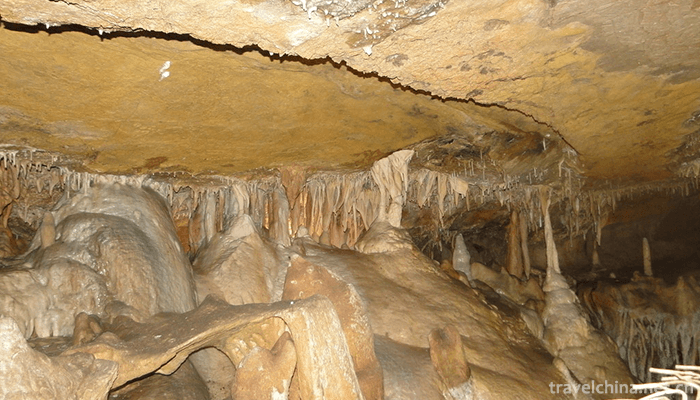
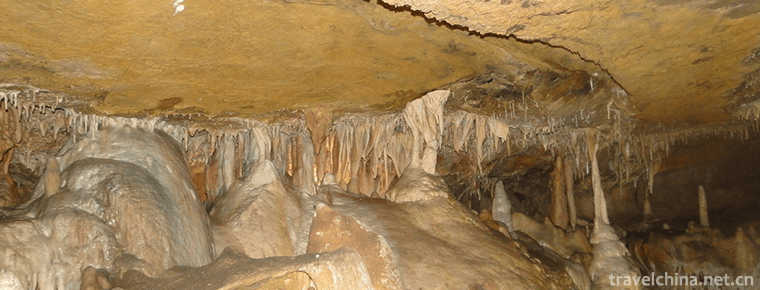
Lushan Karst Cave Group Scenic Area
-
Egg fried rice
Views: 256 Time 2018-10-27 -
The Wudalianchi Scenic Area
Wudalianchi Scenic Spot: National AAAAA Scenic Spot, World Geological Park, World Human and Biosphere Reserve, International Green List
Views: 207 Time 2018-12-05 -
Root palace Buddhist Cultural Tourism Zone
Root palace Buddhist Cultural Tourism Zone / Gengong Buddha Country Cultural Tourist Area, National AAAAA Tourist Scenic Area, National Eco-civilization Education Base
Views: 154 Time 2018-12-07 -
Conch Valley Scenic Area Hailuogou
Hailuogou is located in Moxi Town, Luding County, Sichuan Province, on the eastern slope of Gongga Mountain. It is a very high mountain area on the eastern edge of the Qinghai-Tibet Plateau. Located a
Views: 109 Time 2019-01-13 -
Rob Village
Located 35 kilometers southwest of Yuli County, Luobu Village is 85 kilometers south of Korla City. The village covers 72 square kilometers and has more than 20 families
Views: 214 Time 2019-02-06 -
Pearl rice paste
Pearl rice paste is a delicacy. The main raw material of this dish is fresh pearl rice. The main condiment of this dish is sugar. This dish is mainly made by boiling.
Views: 317 Time 2019-03-23 -
Eighteen Sayings on Tibetan Wedding Banquet
The Eighteenth Tibetan Wedding Banquet is a kind of folk oral literature spread in the Tibetan inhabited areas of the eastern agricultural region of Qinghai Province. Its manifestation is the eighteen
Views: 138 Time 2019-04-07 -
GUI Opera
Gui Opera (commonly known as Gui Opera or Gui Ban Opera), Guangxi local traditional drama, one of the national intangible cultural heritage.
Views: 183 Time 2019-05-02 -
Cao Xueqin
Cao Xueqin (about May 28, 1715 - February 12, 1763) Name Stained with Word Dream Ruan No. Xue Qin No. 2, Qin Xi and celery, Chinese classic. The Dream of Red Mansion The author of the book is controve
Views: 255 Time 2019-09-07 -
Zhang Jia Agui
Ah Kui (September 7, 1717 - October 10, 1797). Zhang Jiashi , word Guang Ting , Number Cloud cliffs Manchuria's blue flag people (after the war in Xinjiang were promoted to Zheng Bai Qi), a Bachelor o
Views: 208 Time 2019-09-11 -
Cultural undertakings in Panzhihua
As of the end of 2018, Panzhihua has 3 museums and exhibition halls; 50 cultural (Art) museums, including 44 cultural stations and 8 theatres and cinemas; and 6 public libraries, with a total collection of 990800 books. There are 43 Township radio and television stations and
Views: 263 Time 2020-12-14 -
History of Deyang
In ancient times, it was a place of hundred PU. In the fifth year of King Shenliang of Zhou Dynasty (316 BC), that is, in the ninth year of gengyuan, King Huiwen of Qin Dynasty, Qin destroyed the two states of Bashu and established two prefectures of Bashu. Today, Deyang Prefecture belongs to Shu Prefecture. County under the county, County Pavilion.
Views: 139 Time 2020-12-14

